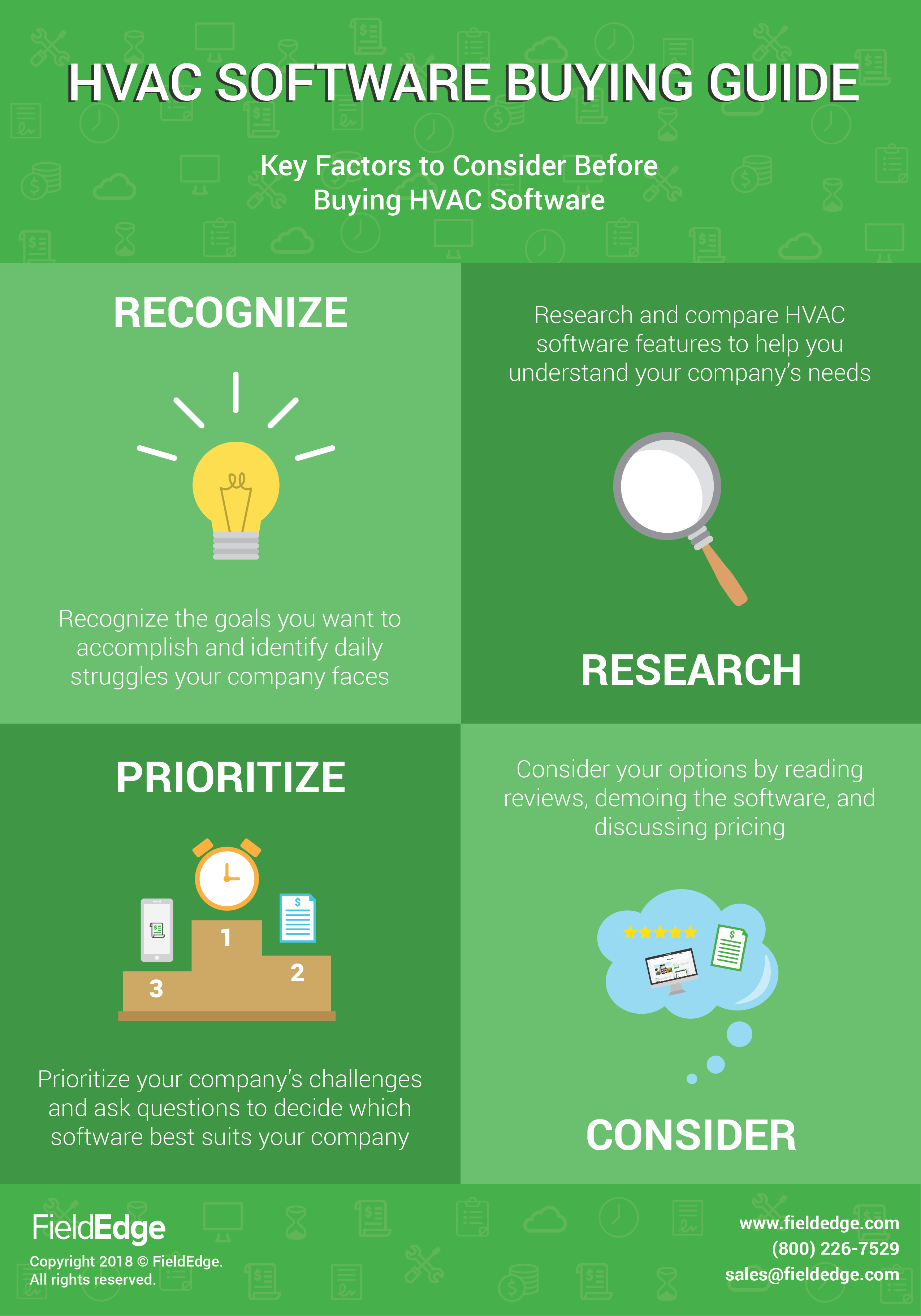Taking A Look At Climate'S Role In Heatpump Effectiveness And Recommendations For Optimization
Taking A Look At Climate'S Role In Heatpump Effectiveness And Recommendations For Optimization
Blog Article
Web Content Writer-Bengtson Maher
When it involves your heatpump, weather condition plays an important role in its efficiency. From freezing temperatures to sweltering heat, each element can affect exactly how successfully your system runs. However what can you do to battle these weather-related challenges and ensure your heat pump is operating at its ideal? Remain tuned to uncover functional pointers and techniques to enhance your heatpump's performance, despite the weather conditions it deals with.
Climate Elements Influencing Heatpump Effectiveness
Weather aspects have a significant influence on the effectiveness of heat pumps. One essential aspect is temperature level. Heat pumps function by transferring warmth from outdoors to within during winter months and the other way around in summer season. As temperature levels drop, it comes to be harder for the heatpump to extract warmth from the outdoors air, decreasing its effectiveness.
Another key element is moisture. High moisture degrees can make it more challenging for the heatpump to launch heat throughout the cooling procedure.
In addition, wind rate plays a role. Solid winds can dissipate the warmth absorbed or released by the heatpump, influencing its total performance.
Tips for Optimizing Heat Pump Efficiency
To enhance the performance and durability of your heat pump, carrying out a couple of essential strategies can make a significant distinction in its performance.
First of all, guarantee routine maintenance by cleaning or replacing filters every 1-3 months to stop air movement clogs and take full advantage of airflow. In addition, timetable yearly professional examinations to discover and address any kind of potential concerns at an early stage.
Optimum thermostat settings likewise play a crucial role. Throughout the winter, go for a temperature level setting that's as low as comfy, and throughout the summer, set it as high as comfy to minimize the work on your heat pump. Utilizing a programmable thermostat can assist you automatically adjust settings based upon your schedule.
In how to clean heat pump , sealing leakages in ductwork and insulating ducts in unconditioned spaces can protect against power loss and enhance total system performance.
Lastly, think about setting up a smart thermostat that can learn your habits and adjust settings accordingly, more maximizing your heat pump's performance. By complying with these pointers, you can guarantee your heat pump operates effectively and successfully throughout the year.
Best Practices for Weatherproofing Your Heatpump
For ideal performance and effectiveness of your heatpump, carrying out weatherproofing actions is crucial. Start by sealing any kind of gaps or fractures around doors, windows, and ductwork to stop warm loss and maintain a constant indoor temperature level.
Insulate subjected pipes and ducts to stop cold during cold weather and make sure proper airflow. Think about setting up a safety cover over the outdoor system to secure it from rough climate components like snow, ice, and particles.
Routinely tidy the outside system to eliminate dust, leaves, and debris that can obstruct air flow and decrease efficiency. In addition, keep the location around the heatpump free from snow, ice, and plants to permit correct ventilation.
Conclusion
Now that you recognize exactly how climate impacts your heatpump efficiency, you can take proactive steps to maximize its effectiveness. By following more info described in this short article, such as routine maintenance, thermostat changes, and weatherproofing steps, you can guarantee that your heatpump operates at its ideal despite the climate condition. Keep successful and keep your home comfy throughout the year.
